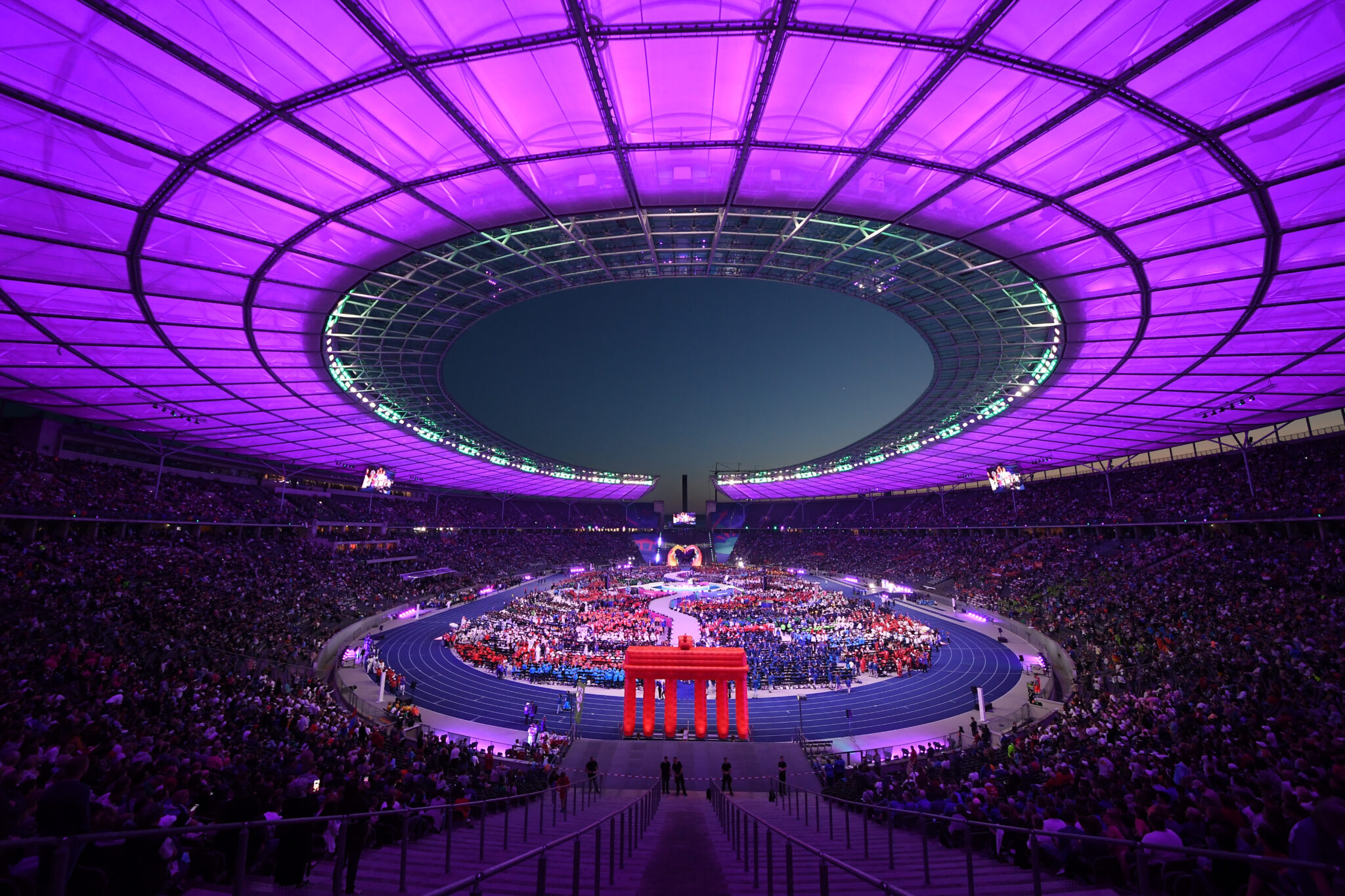
Restoring Coral Reefs
THE ROLE OF CORAL REEFS
Coral reefs aren’t simply beautiful as natural formations, they are also fundamental for the survival of the world’s oceans and of the communities who live in tropical latitudes. Although most people have heard of coral reefs due to their touristic appeal, these underwater formations act as a natural protection against erosion, the climate and the tides.
Coral reefs occupy less than 0.1% of the ocean’s area, but they host up to 25% of marine life. Such rich biodiversity makes coral reefs the source of food for 275 million people around the world.
WHAT EXACTLY IS A CORAL?
Despite what you may think, a coral is neither a rock nor a plant. Corals are, in fact, living organisms that are formed through the asexual division of hundreds of tiny animals called zooids or polyps, that come together in colonies to create corals.

These colonies thrive thanks to the microalgae living in symbiosis with the tissues in the coral. Through photosynthesis microalgae produce the energy that is necessary for the coral to survive. For this reason, coral reefs are not generally found deeper than 50 meters (164 feet) underwater.
CORAL BLEACHING: A GLOBAL ISSUE
The absence of microalgae causes corals to bleach, which, in turn, causes their death. Even if it might seem improbable, there are several factors that can push corals to loose or reject their microalgae. One of the most worrying of these factors is the increase in water temperature due to climate change. When the water temperature rises, corals get stressed and they expel the microalgae within their system.

Since 1998, the oncean’s temperature has risen at a constant rate. This data should not surprise us if we consider that oceans can absorb up to 93% of the heat contained in the greenhouse gases produced by men. In 2016, a new massive coral bleaching episode affected many formations of coral reefs, among which were included the Maldives Islands.
THE IMMINENT THREAT OF PLASTIC
Plastic has become an undeniable danger for marine biodiversity. As a living organism, corals are also victims of this new threat. A 2018 study published in Science magazine estimated that 11,100 million plastic items are already lying and tangled among corals all around the world. Unfortunately, this number will not cease to increase.
The harm that plastic causes to corals is particularly worrying. Just like sea turtles mistake plastic bags for jellyfishes -which are their many source of food- coral are also consuming microplastics. The difference is that corals don’t just mistake plastic for food, rather they seem to “like” some of the chemical components of plastic, which makes their exposure even more dangerous.
THE PARQUES REUNIDOS SPIRIT IN MALDIVES
Even though corals are animals that can recover very quickly from harm, a study published by UN Environment showed that corals are at going through a critical time for their survival because pollution and global warming are much more acute than in previous generations.
Thanks to the support of the Parques Reunidos Foundation, the Zoo Aquarium de Madrid and its curator Pablo Montoto have been able to participate in the project launched by the Meeresmuseum de Stralsund (German Oceanographic Museum) and the German association Coral Doctors to conduct field courses to educate in the restoration of coral reefs in the Maldives Islands.

This project, which also relies on the support of the European Union of Aquarium Curators (EUAC), carries out courses and workshops once a year for the local staff and focuses on the following objectives:
- giving free courses about reef restauration to the staff at the diving centers in the local areas, as well as to the general public and even to tourists.
- strengthening ties with local NGOs and other organizations.
- setting the framework for future collaborations.
THE “CORAL GARDEN” PROJECT
This year, courses were three days long and took place between March 9th and March 24th at the islands of Maafushi, Rasdhoo and Ukulhas. One of the objectives was to create awareness about the threats that surround the current state of coral reefs and about the urgent need to take action towards their conservation.
The activities included theory sessions on biology, reef ecology and reef restoration, as well as practice session to apply the different restoration techniques on pilot excercises first, then on the actual reef.
A meeting with the local NGO “Save the Beach” took place at Villingili, where participants had a chance to learn more about this organization’s projects. Their highlighted project is the restoration of the Villingili reef and raising awareness among their neighbors, as well as establishing a future plan to build an environmental education center that will focus on the coral reef’s conservation.
During the project, the team could check that the reefs they visited were slowly recovering because the remaining colonies had grown back and because new colonies had appeared.

These first courses have had very positive results: and average of 20 people participated in each one of them. The attendees included divers, teachers, researchers, Boys Scouts, local authorities and the general public. Through these exchanges of knowledge and opinions, we hope that the work that will result from this collaboration will allow us to protect the beautiful coral reefs.
Recent entries
-
“Batman Gotham City Escape”: This Year’s Next Big Thing and the Star of the Summer in Madrid

-
Delivering memorable experiences to future generations: Sustainability at Parques Reunidos

-
Our German parks’ initiative to support Special Olympic World Games 2023

-
New roller coaster ‘Storm’ becomes TusenFryd Park’s latest addition


